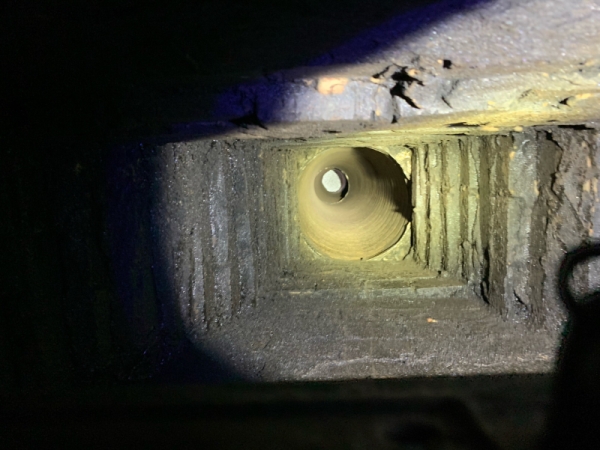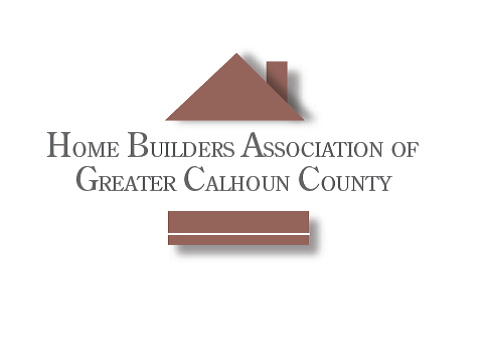The National Fire Protection Agency (NFPA) recommends that homeowners have an annual inspection of their chimney and fireplace to maintain the integrity and performance of the appliance. There are three different levels of inspections. The most common inspections are level 1 and 2. Our CSIA certified sweeps perform these inspections and inspections and examine over 33 different areas of the chimney and fireplace. This comprehensive inspection is based on current codes and standards. During our inspection, we use the latest technology in camera and video systems. This allows for you, the homeowner, and us to see live views of what is going on in your chimney. We transfer these images to an inspection document then send it to you electronically when the inspection(s) is completed.
Some of the most common issues revealed during the inspection process are:
Water Intrusion
Moisture created on the interior structure of the chimney causing mold/mildew, moisture created on the exterior of the structure of the chimney causing water retention of the chimney chase itself that causes deterioration and damage.
Thermal Shock
The presence of creosote in the chimney flue that has been ignited and has burned the interior of the structure therefore causing cracking, splintering, and decomposition of the protective liner between the outer construction of the chimney and in some cases the attic area of the home. Thermal is most often seen after the occurrence of a chimney fire that the homeowner may or may not be aware that has taken place at some point during the use of the fireplace.
Faulty Construction
Codes and standards for safe use of a fireplace in the home that have not been followed during the chimney and fireplace’s initial construction or reconstruction. The IRC (International Residential Code) is the industry standard for chimney and fireplace installations and restorations, alongside the manufacturer’s manuals and installation requirements. When these codes and standards are not followed, the homeowner is vulnerable to improper use of the appliance resulting in damages or personal harm.
Creosote
Type 1 is what normally occurs during wood burning; it can be swept and removed during a chimney sweeping service. Type 2 is cause by rapid and extremely high temperatures that exceed over 2000 degrees Fahrenheit. This creosote causes the most damage to your chimney flue and venting system. Type 3 cannot be removed by a traditional chimney sweep. A certified chimney sweep can discuss what can be done to remove this type 3 creosote and provide explanation of why this is occurring in the chimney.
Blockages or Presence of Debris/Animals
A blockage in the liner or pip of a chimney system can create issues with the overall performance of the appliance and the appliance’s inability to draft properly through the chimney flue or pipe. In most cases, the presence of debris and/or animals that have gotten inside the chimney flue or pipe without the knowledge of the homeowner are the reason for the blockage.
Serving all of East-Central Alabama
Including Alexandria, Anniston, Birmingham, Gadsden, Heflin, Jacksonville, Lincoln, Moody, Ohatchee, Oxford, Pell City, Sylacauga.

Hours
Mon - 8:00 AM to 5:00 PM
Tue - 8:00 AM to 5:00 PM
Wed - 8:00 AM to 5:00 PM
Thu - 8:00 AM to 5:00 PM
Fri - 8:00 AM to 3:00 PM
Sat - Closed
Sun - Closed
Heath Chimney Services




